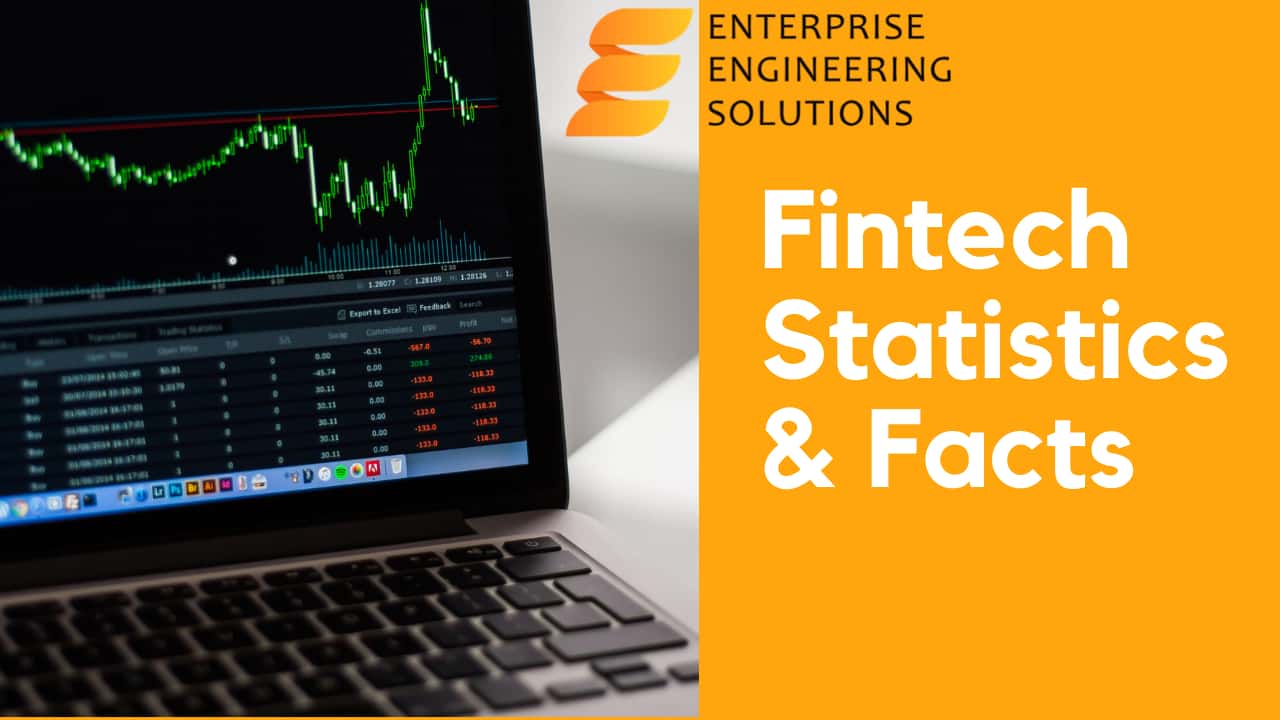The fortune you will spend on your cloud computing services is usually enormous. And to invest this significant amount of money, the companies should prefer taking guidance from the professionals or at least not instantly expense these setup charges. With time, the digital world has revolutionized. To keep up with the pace, you must get the proper accounting management.
The recent upgrades in accounting for cloud computing arrangements aim to minimize the differences and disparities as much as possible. ASU 2018-15 is one of the safest guidelines solely developed for reducing the complications of accounting services. By incorporating these policies, a company’s needs for capitalizing prices for hosting services can align effectively with the expenses for internal-use software that are the company’s assets.
Cloud Computing Arrangements
Starting from scratch, Cloud computing arrangements, abbreviated as “CCAs,” are the hosting arrangements/services where the client accesses and uses the software via the cloud. As the software services get used over the Internet, there is no physical possession. No purchasing and no installing of the software to your PCs and systems’ local servers!
Cloud is a desirable option because it provides maximum ease and security of moving imagery data, vital information, applications, and complete IT platforms. It keeps you connected with the entire team, no matter where you are and what type of device you are using. They are undeniably an impressive pick because of their flexibility and scalability.
Accounting for Costs
Whenever you think about migrating to a cloud computing arrangement, you must keep plenty of money ready to be used. In these substantial implementation costs, the services included are:
- Software licenses for setup and implementation accounted for in compliance with the ASC 340 guidelines
- Enhancement
- Customization
- Integration costs get capitalized considering its intangible assets. It comprises the expenses spent on currently installed software, configuration, and coding.
- Training and data conversion costs (expensed as incurred)
- Constructing the interface
- Reconfiguring existing data and systems
Previous Standards
The previous standards named “Accounting Standards Update (ASU) No. 2015-05, Intangibles — Goodwill and Other — Internal-Use Software (Subtopic 350-40)”, are used to assist the entities in assessing the accounting for charges paid by a client in a CCA by separating them in:
- The arrangements are based on a software license
- The arrangements are based on a hosted CCA service
As the rules stated, if CCA does not have a software license, the arrangement should get considered a service contract. Meaning? The companies need to outlay the costs as experienced. If the agreement includes the software license, the purchaser has to account for the software license (an intangible asset).
The drawback was its inability to help you calculate and guide you on keeping track of the related implementation and operational costs.
New Standards or Guidance
The new standards published as “ASU 2018-15, Intangibles — Goodwill and Other — Internal-Use Software (Subtopic 350-40)”, are much more detailed, refined, and advanced. Helping keep the accounting for cloud computing arrangements/services under control and easy to check. It is a Service Contract that advises the industries about implementing a similar approach to capitalizing implementation expenses related to adopting CCAs and an on-premises software license.
- Provides balance sheet
- Guidance about cash flow cataloguing of the capitalized implementation expenses and associated amortization cost.
- It gets you an income statement.
- Clarifies the currently applied standard by focusing on the accounting for operating expenses linked with a service contract
- Needs added qualitative and quantitative disclosures
Which CCA Costs can get Capitalized?
Suppose you implement the strategy for internally developed software. In that case, you will only capitalize on the hosting services’ implementation costs during the application development phase. Even the tiniest implementation costs suffered in the preliminary or post-operating stage need to get paid as incurred.
Potentially Capitalizable
- External direct costs of materials
- Expenses for accessing software from service providers or 3rd parties
- 3rd party service charges for creating the software
- Coding and testing charges directly associated with software product
Not Capitalizable
- Accounts of activities involved in data conversion
- Administrative and overhead cost
- Costs of Software maintenance
- Expenses dedicated to training activities
Implementation Guidance
- Recognize cloud computing arrangements
- Decide whether to capitalize or expense implementation expenses following ASU 2018-15 guidance.
- Forecast the financial implications as every contract and model affects your company’s financial statements





